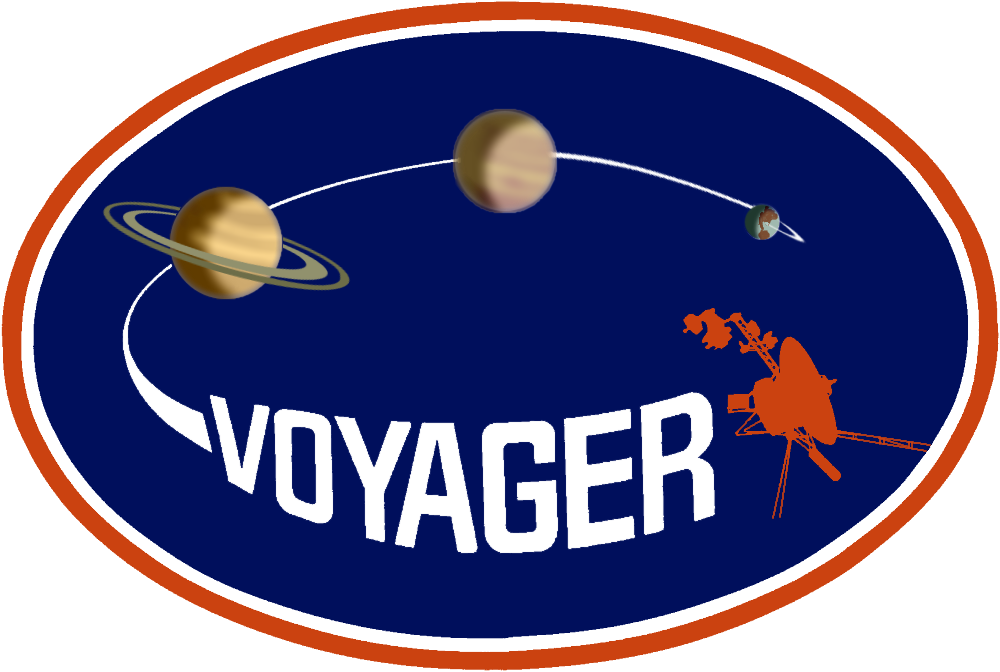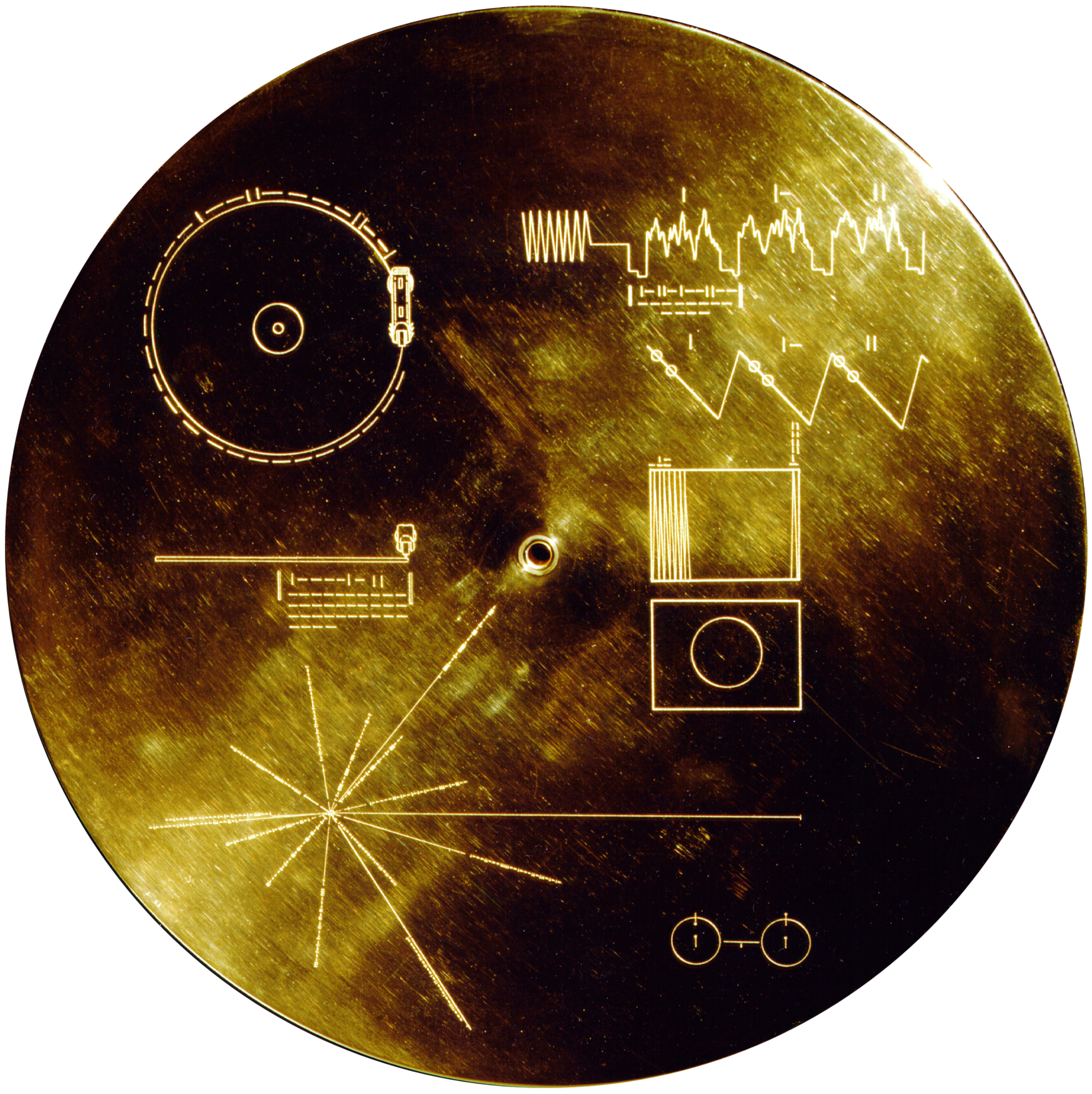Ad Astra💫 presents
Voyager
A Tale of Two Interstellar Space Probes
LEARN MORE
Follow @NASAVoyager
Want more space?
Join Ad Astra💫

MISSION OVERVIEW:
The Voyager program is an ongoing American scientific program that
employs two robotic Interstellar probes, Voyager 1 and
Voyager 2. They were launched in 1977 to take advantage of
a favorable alignment of Jupiter and Saturn, to fly near them while
collecting data for transmission back to Earth. After launch the
decision was taken to additionally send Voyager 2 near
Uranus and Neptune to collect data for transmission back to Earth.
Between them, Voyager 1 and Voyager 2 have
explored all the giant planets of our outer solar system, Jupiter,
Saturn, Uranus and Neptune; 49 of their moons; and the unique system
of rings and magnetic fields those planets possess.
INFINITE MISSION:
The Voyager primary mission was completed in 1989, with the close
flyby of Neptune by Voyager 2. The Voyager Interstellar Mission
(VIM) is a mission extension, which began when the two spacecraft
had already been in flight for over 12 years.
On Aug. 13, 2011, Voyager 2 became NASA's longest-operating mission
when it broke the previous record of 12,758 days of operation set by
the Pioneer 6 probe, which launched on Dec. 16, 1965, and sent its
last signal home on Dec. 8, 2000.
As of 2021, the two Voyagers are still in operation past the outer
boundary of the heliosphere in interstellar space. They both
continue to collect and transmit useful data to Earth.
THE GOLDEN RECORD:
Both spacecraft carry a 12-inch (30 cm) golden phonograph record
that contains pictures and sounds of Earth, symbolic directions on
the cover for playing the record, and data detailing the location of
Earth. The record is intended as a combination time capsule and an
interstellar message to any civilization, alien or far-future human,
that may recover either of the Voyagers. The contents of this record
were selected by a committee that included Timothy Ferris and was
chaired by Carl Sagan.


Information curtesy of
Wikipedia.